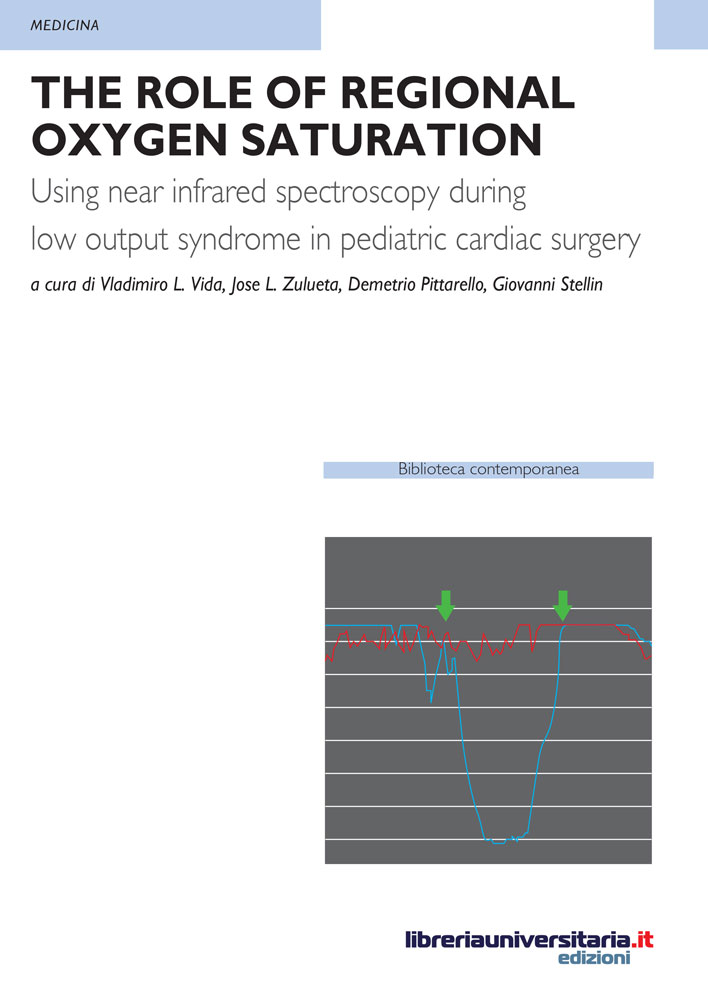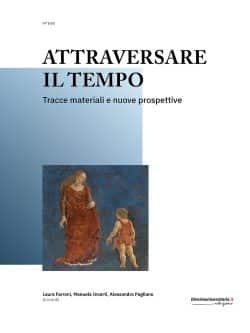Descrizione
a cura di Vladimiro L. Vida, Jose L. Zulueta, Demetrio Pittarello e Giovanni Stellin
Regional oxygen saturation measured by means of near-infrared spectroscopy (NIRS) plays nowadays an important role in the peri-operative management of patients with congenital heart disease and it represents an additional value to other markers of low output syndrome state as the mixed venous oxygen saturation and the lactate level.
The use of NIRS in cardiac surgery provides a continuous, non-invasive and essential warning sign of hemodynamic or metabolic compromise, enabling early and rapid intervention to prevent or reduce the severity of life-threatening complications. The NIRS values are not “per se” absolute reliable indicators of tissue oxygenation, but the intra-operative rSO2 de-saturation score calculation (with a threshold of 3000%/sec) represents an important predictor of low cardiac output states which correlated significantly with a lower intra-operative central venous saturation, cardiac index and oxygen availability index.
Contents:
1. Commonly used abbreviations
2. Near Infra-Red Spectroscopy (NIRS)
2.1 Principles of Physics
2.2 The equipment
2.3 Scientific validation
2.4 Clinical Applications
2.5 Limitations of NIRS
2.6 Spatial resolution
2.7 Distribution of cerebral arterial-venous blood flow
2.8 The extra-cerebral tissues
2.9 Tissue chromophores not containing haematin
2.10 Metabolically inactive tissues
2.11 Cardiac output
2.12 Low cardiac output syndrome (LCOS)
3. Original Contribution
3.1 Aim and methods
3.2 Results
3.3 Comments
Authors
Vladimiro L. Vida Staff Pediatric Cardiac Surgeon, Pediatric and Congenital Cardiac Surgery Unit, Dept. of Cardiac, Thoracic and Vascular Sciences, University of Padua, Italy
Jose L. Zulueta Staff Cardiac Anesthesiologist, Institute of Anesthesia and Intensive Care, Department of Medicine, University of Padua, Italy
Demetrio Pittarello Chief Cardiac Anesthesiologist, Institute of Anesthesia and Intensive Care, Department of Medicine, University of Padua, Italy
Giovanni Stellin Professor of Cardiac Surgery, Director of the Pediatric and Congenital Cardiac Surgery Unit, Dept. of Cardiac, Thoracic and Vascular Sciences, University of Padua, Italy






